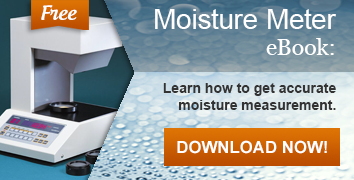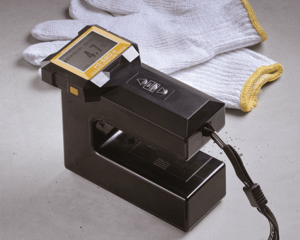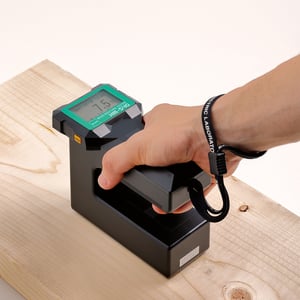 Accurately and consistently measuring moisture – in most any type of product, from plastics to potato chips – has the potential to save organizations millions of dollars a year in improved productivity, reduced waste, increased consistency and improved quality. Measuring, in and of itself, however, is of little value if the companies doing it fail to put protocols in place to ensure that the testing is done correctly and that the results are accurate, consistent, and reliable. Whether you’re in the process of establishing protocols for the first time or looking to improve those already in place, we’ve outlined the most important considerations that should be part of any practical moisture measurement protocol.
Accurately and consistently measuring moisture – in most any type of product, from plastics to potato chips – has the potential to save organizations millions of dollars a year in improved productivity, reduced waste, increased consistency and improved quality. Measuring, in and of itself, however, is of little value if the companies doing it fail to put protocols in place to ensure that the testing is done correctly and that the results are accurate, consistent, and reliable. Whether you’re in the process of establishing protocols for the first time or looking to improve those already in place, we’ve outlined the most important considerations that should be part of any practical moisture measurement protocol.
The nature of your product and its requirements will in large part determine the elements included in your protocol, but all protocols, no matter the category should include foundational components including:
- Health and safety – What steps do testing personnel need to take to ensure their well-being and the well-being of others in the plant?
- The actual testing procedure - Itemized in specific detail so no important steps are missed
- Interpretation and recording of data – What procedures are to be used to gather, analyze and document the data? When there are anomalies, how should they be addressed?
Beyond these foundational components are 8 elements of a smart moisture measurement protocol that are imperative to your testing. They include:
Raw Materials. Will you be measuring your raw materials? Many companies don’t think to measure raw materials and focus solely on the measurement points within the production process. But determining moisture content at the raw materials stage can streamline the production process allowing for upfront adjustments and help eliminate delays further along the line.
Personnel. It’s important to assign the person (or people) responsible for measuring and logging results. Depending on the complexity of your measurement process, who does the testing and his/her experience can greatly impact your test results. Some moisture measurement equipment is difficult for anyone but senior lab personnel to operate. The best equipment will be designed for ease of use and can be effectively used by anyone in the facility, regardless of their role or training.
Points In The Process. For most production processes, simply measuring at the end of the line isn’t enough. Many plant managers don’t realize that moisture testing at multiple points in the process is feasible or that it can actually speed throughput and improve product consistency and quality. Your protocol should identify each of the points in the process where variances are most likely to occur and the quality of the product could be negatively affected if measurement is not done. Keep in mind your measurement should be done in a location where a change can me made; if measurement can’t result in an adjustment there’s no need to conduct the test.
Clearly Defined Tolerances. Before outlining a protocol it’s important to determine which measures are going to be deemed acceptable and which are not. Too many manufacturers measure moisture simply as a task, not as a strategy to maintain high quality and consistency.
Measurement type based on what and when. What you’ll be measuring dictates the type of equipment that will best suit your needs and the specific procedure you’ll use to test. In fact, we’ve created a complete guide to testing equipment to help aid in your selection (link). Clearly identifying the technology and equipment to be used in your protocol will eliminate the guesswork and make sure your testing results in the tolerances you’ve specified.
Accuracy Requirement. How accurate do your results need to be – are they intended to provide general guidance or will they serve as strict numbers that must be achieved? Some products don’t rely as heavily on a specific level of moisture. Food, for example, has a relatively wide tolerance range typically only requiring moisture below a specific number for shelf life and above another number for tasted. Measurement of plastic, on the other hand, may fall within a very small tolerance scale because extrusions must have very low moisture.
Tracking & Trending. Your protocol should include an outline of the actions to be taken if and scrap trends are uncovered. Quick remedial action will help reduce the downtime associated with scrapping and restarting the production run.
Calibration & Maintenance. What is required from corporate and by the equipment manufacturer in terms of calibration and maintenance? It’s important to comply with directives of both to ensure the performance and accuracy of the equipment.
When it comes to accurate measurements and the positive impacts associated with them, it’s perhaps most critical that you have the right instrument with the right technology for your specific needs. Many times, moisture content potentially has the greatest impact on your product’s quality and consistency. How do you know which is best for you? Take a look at our “Guide To Finding An Accurate & Reliable Moisture Meter” ebook to learn more!



